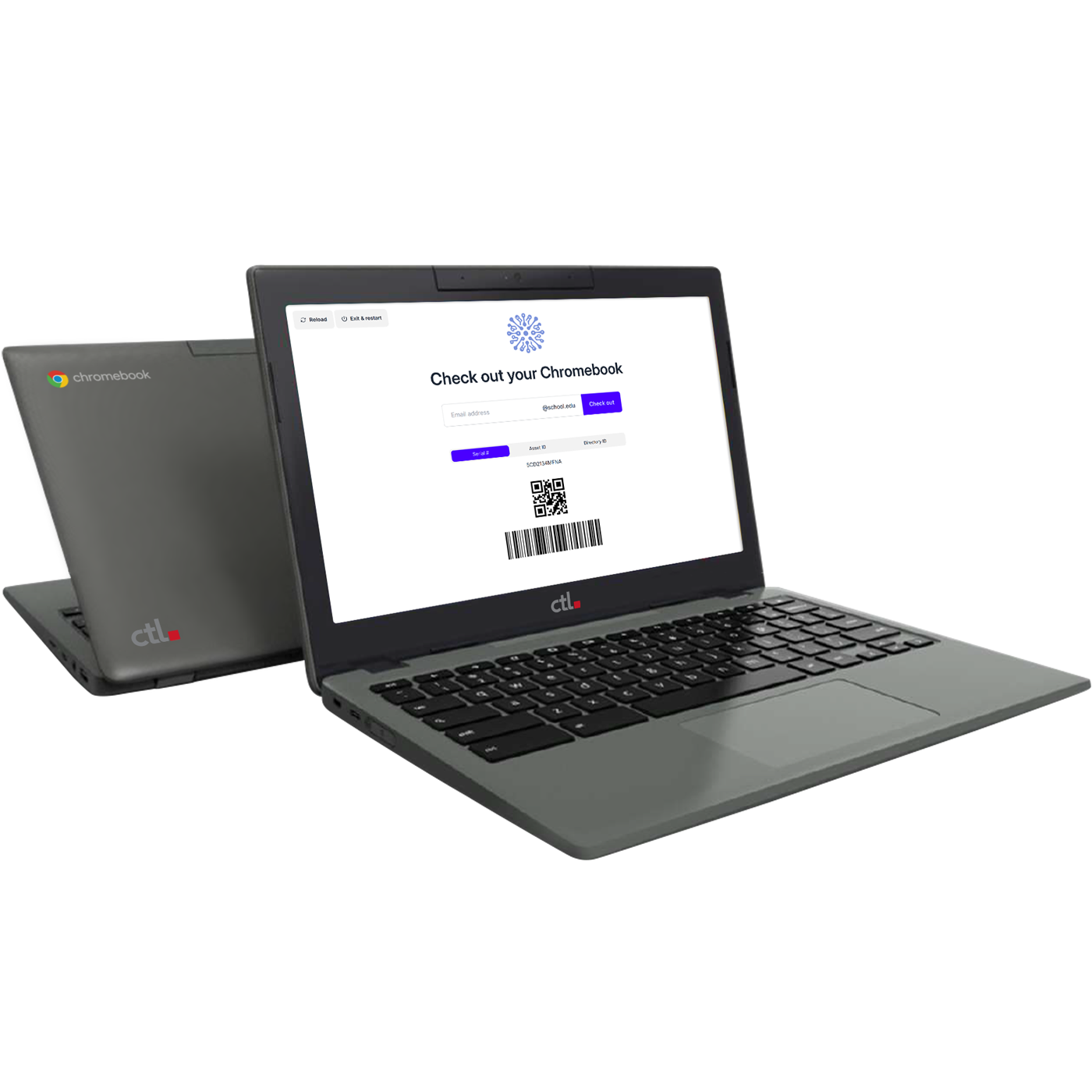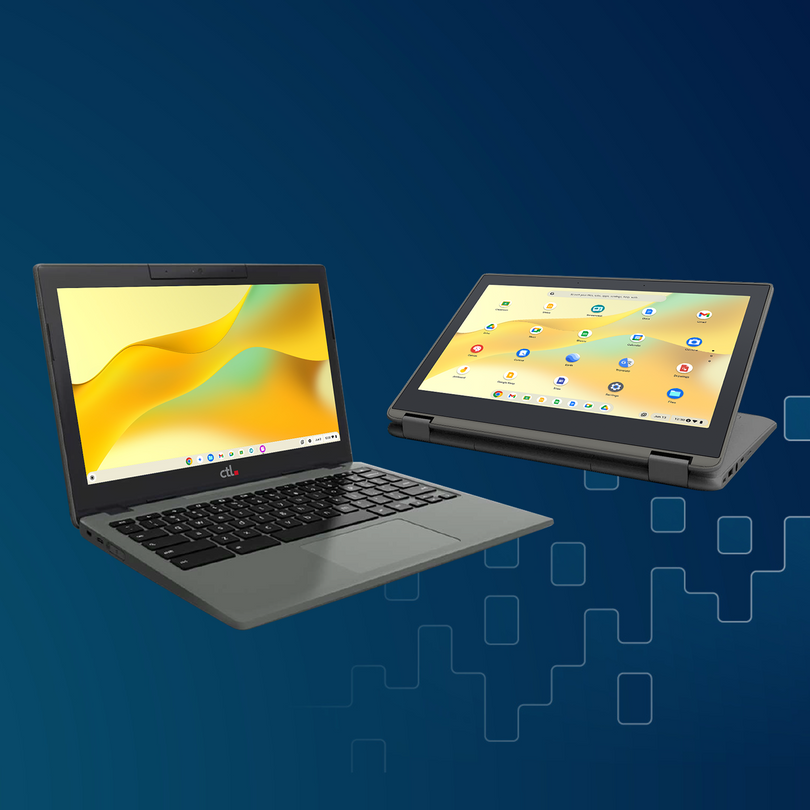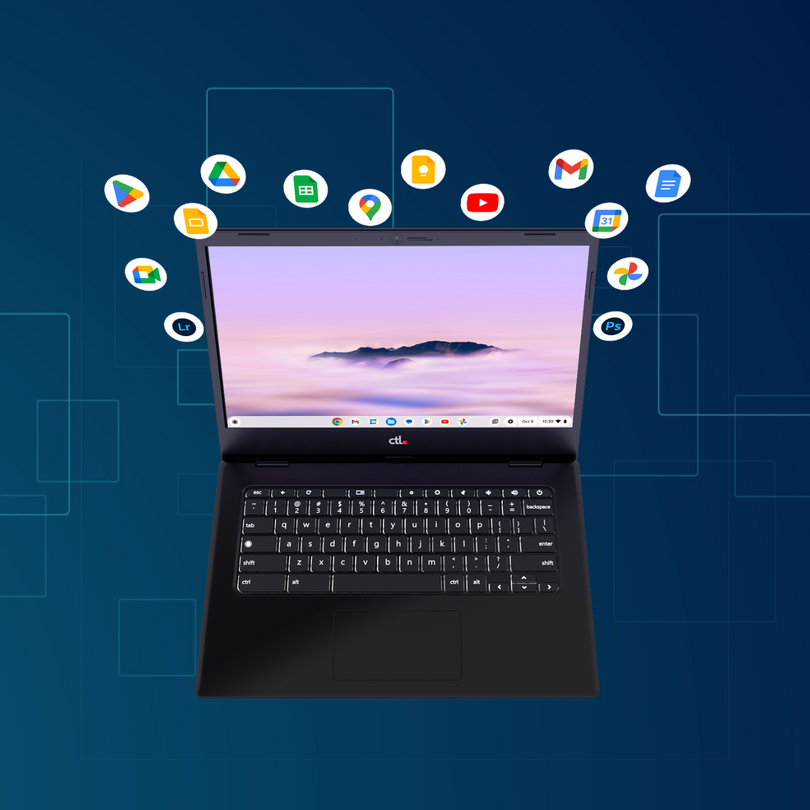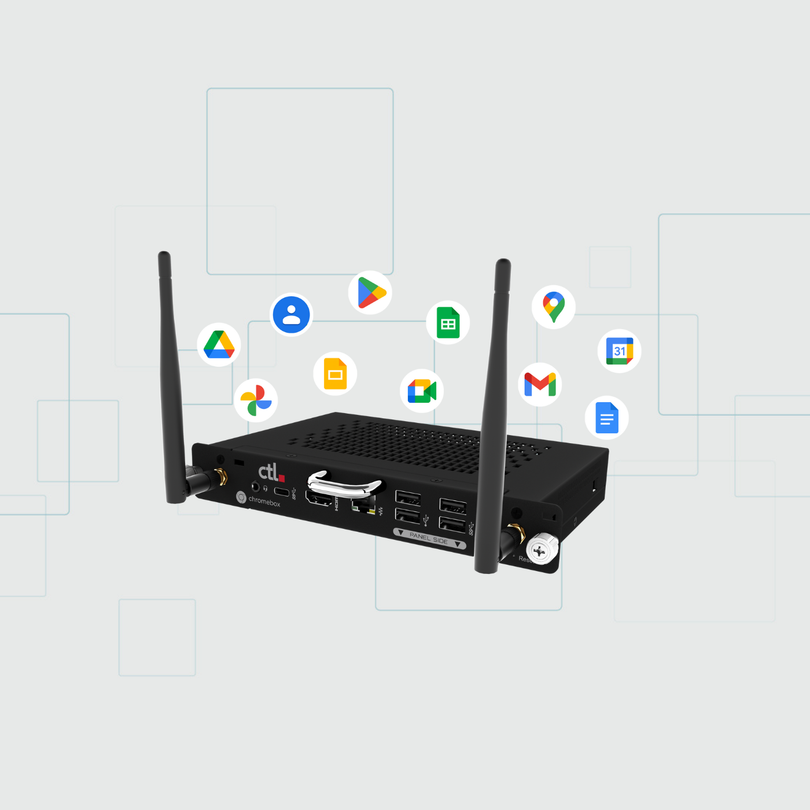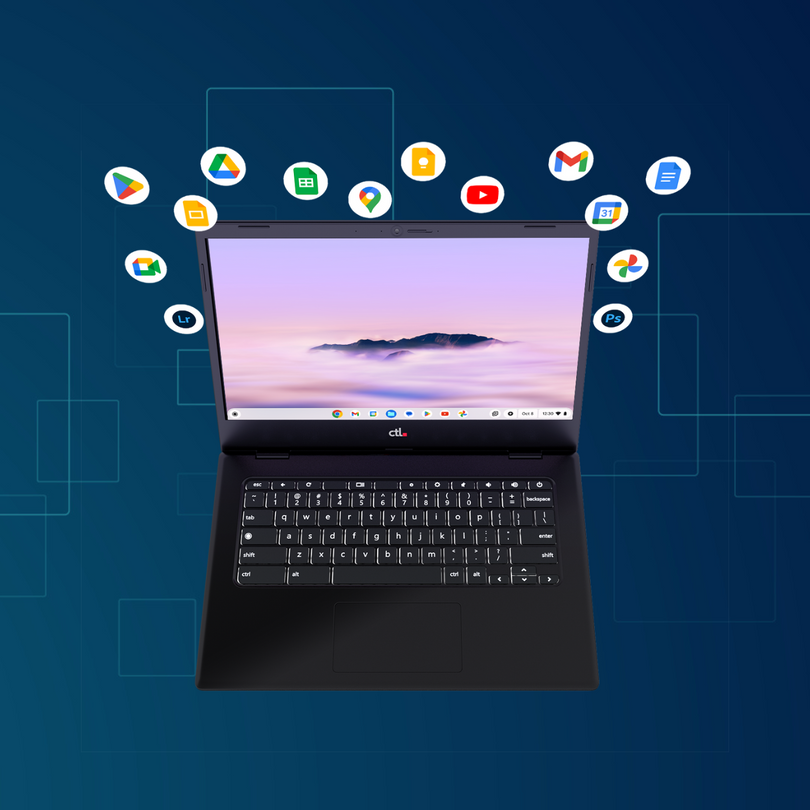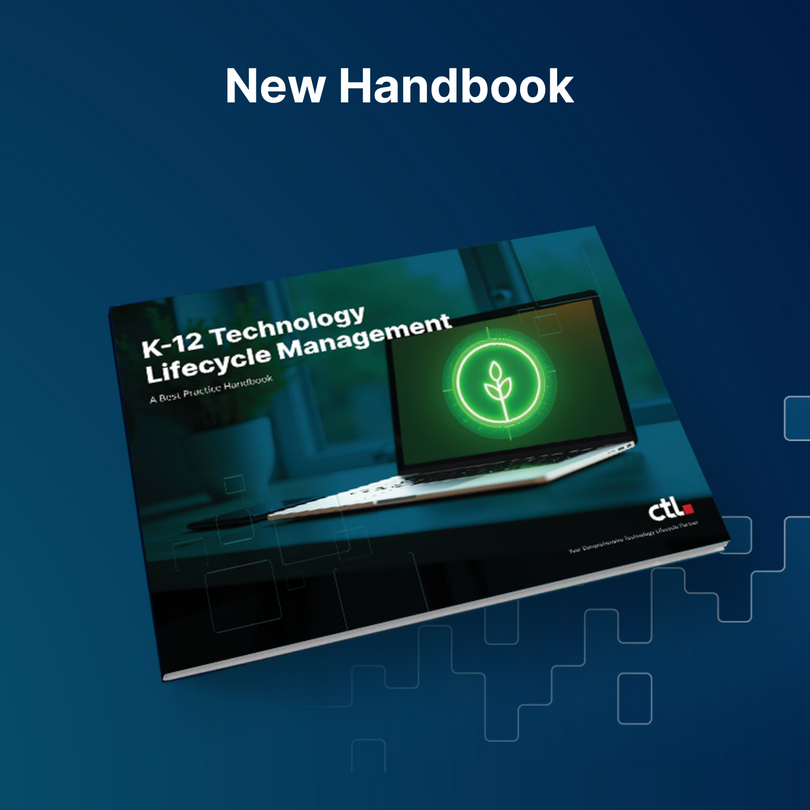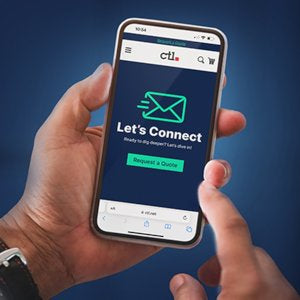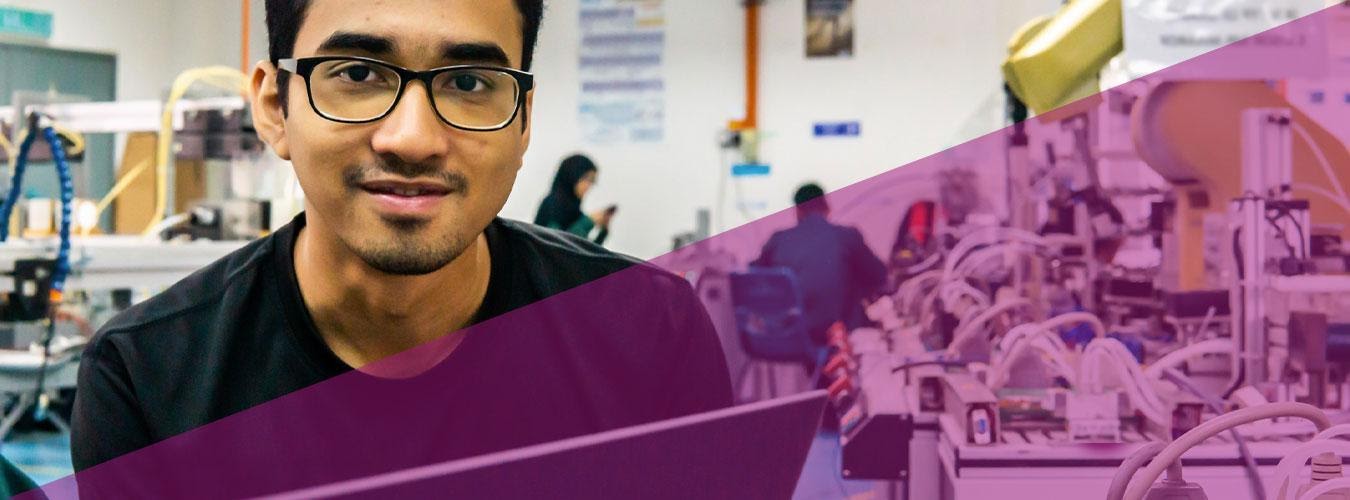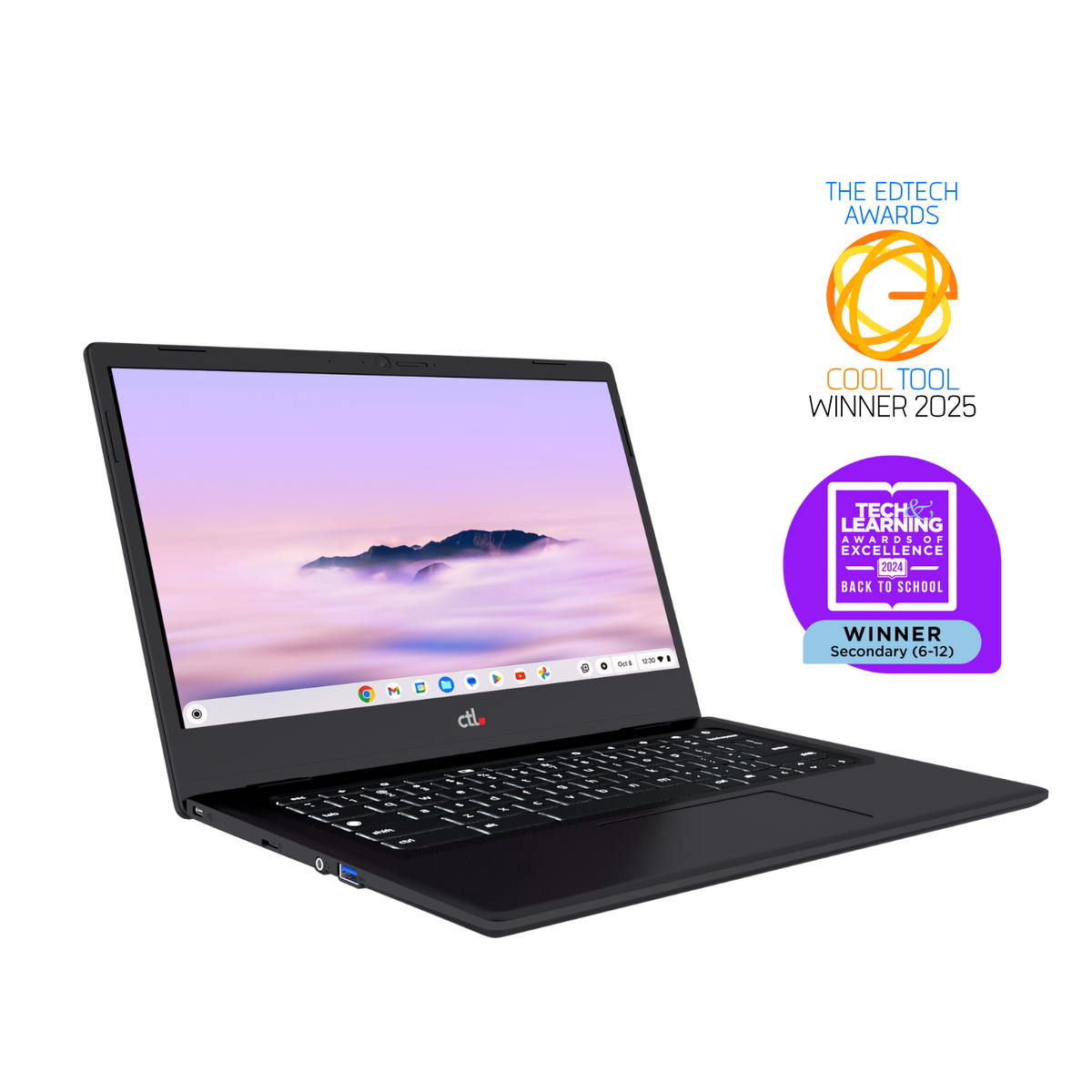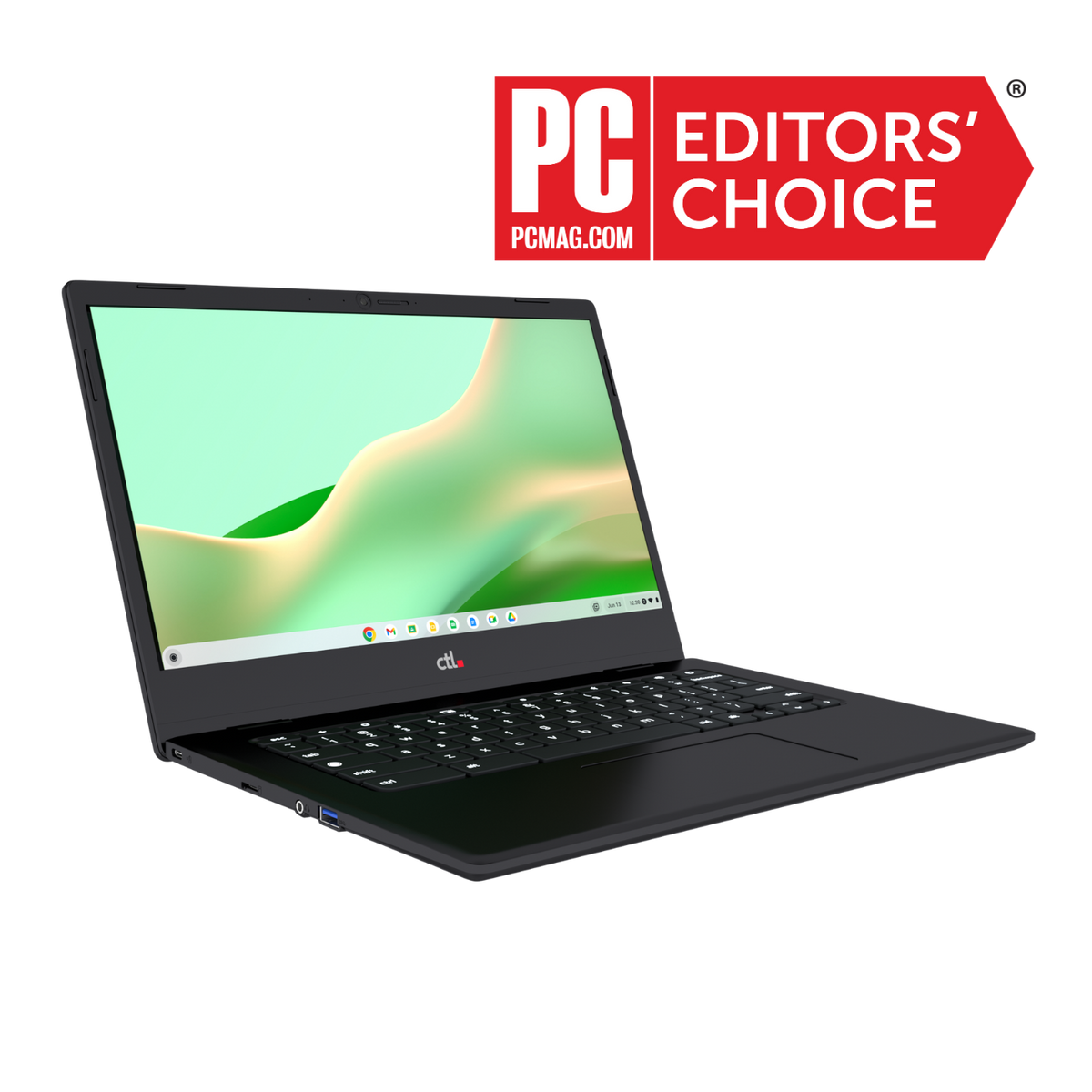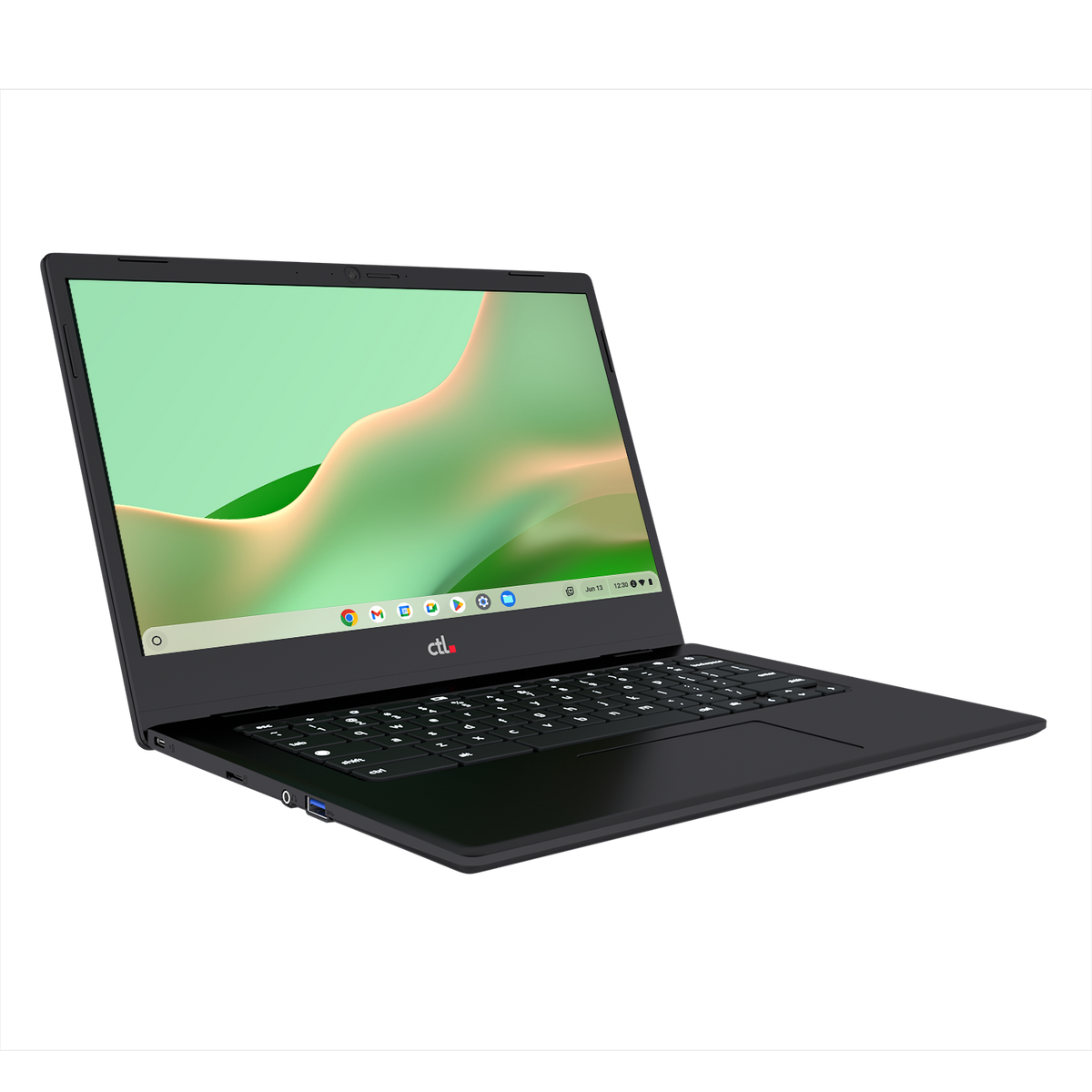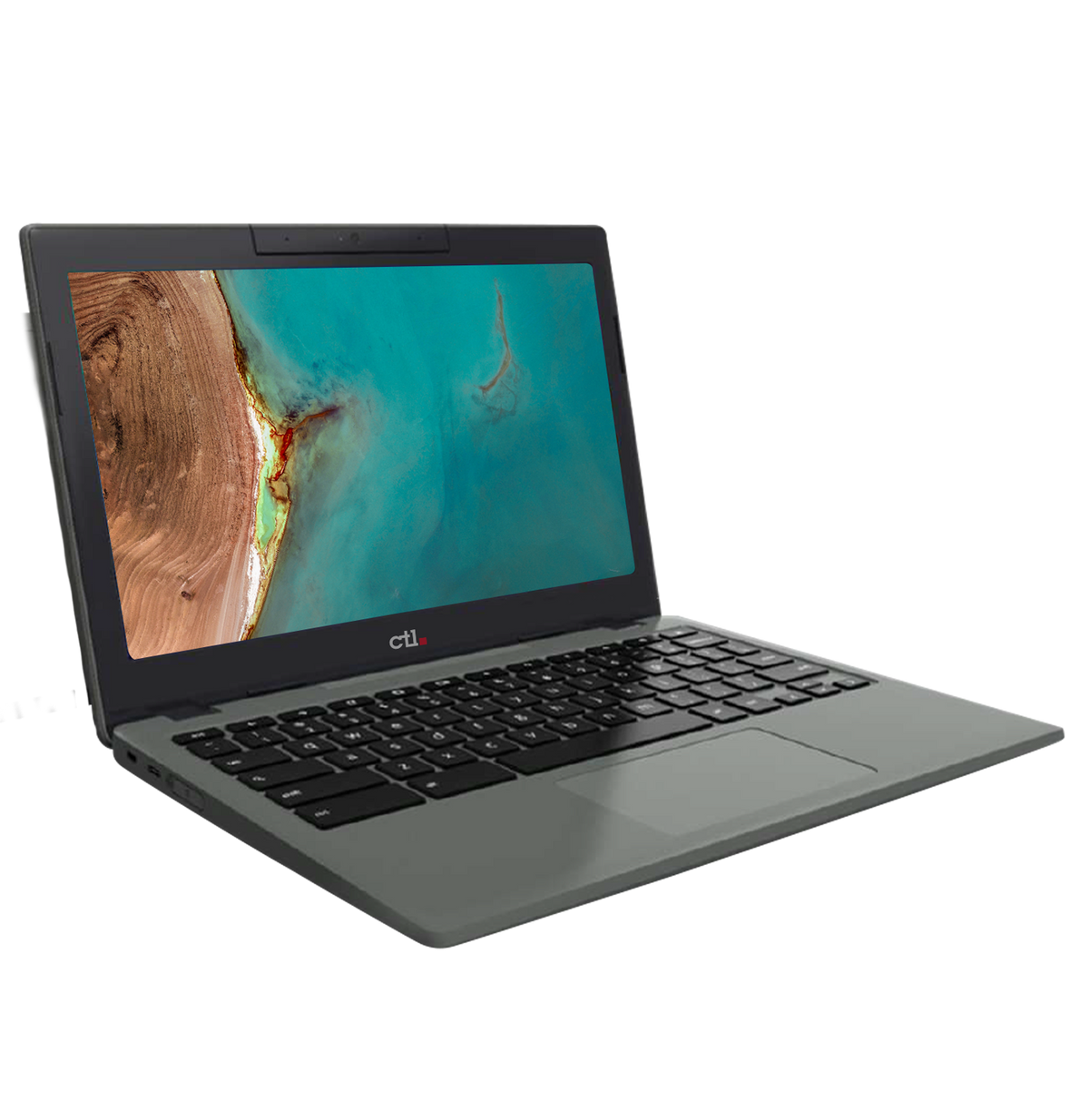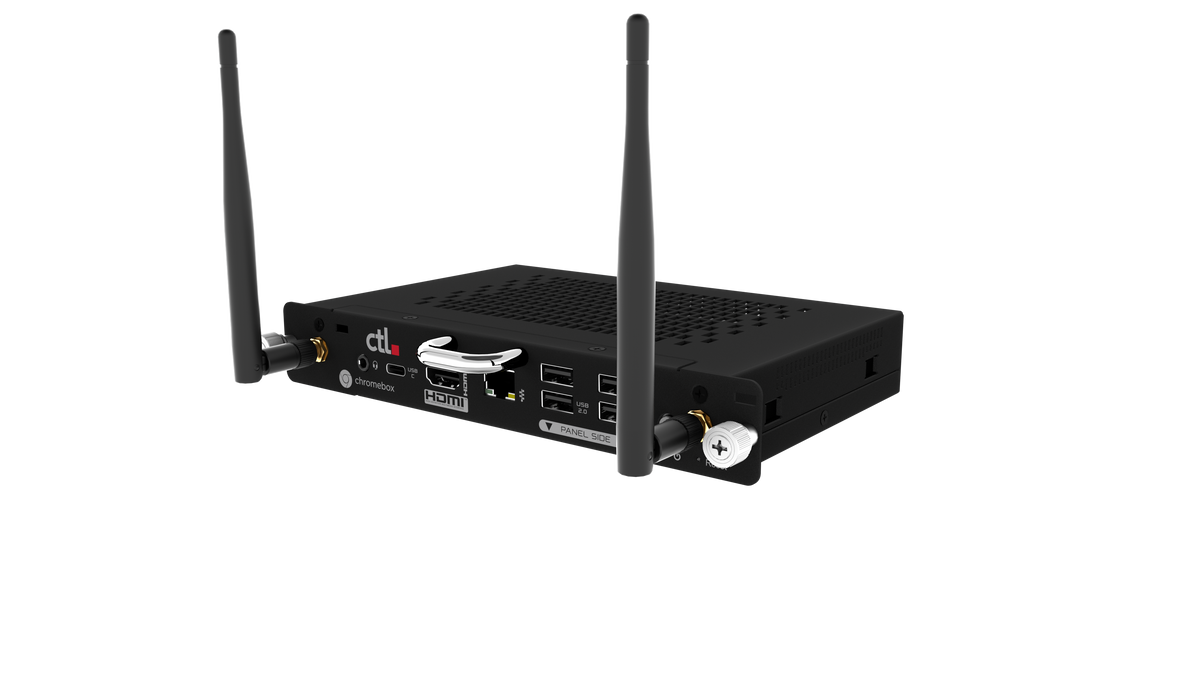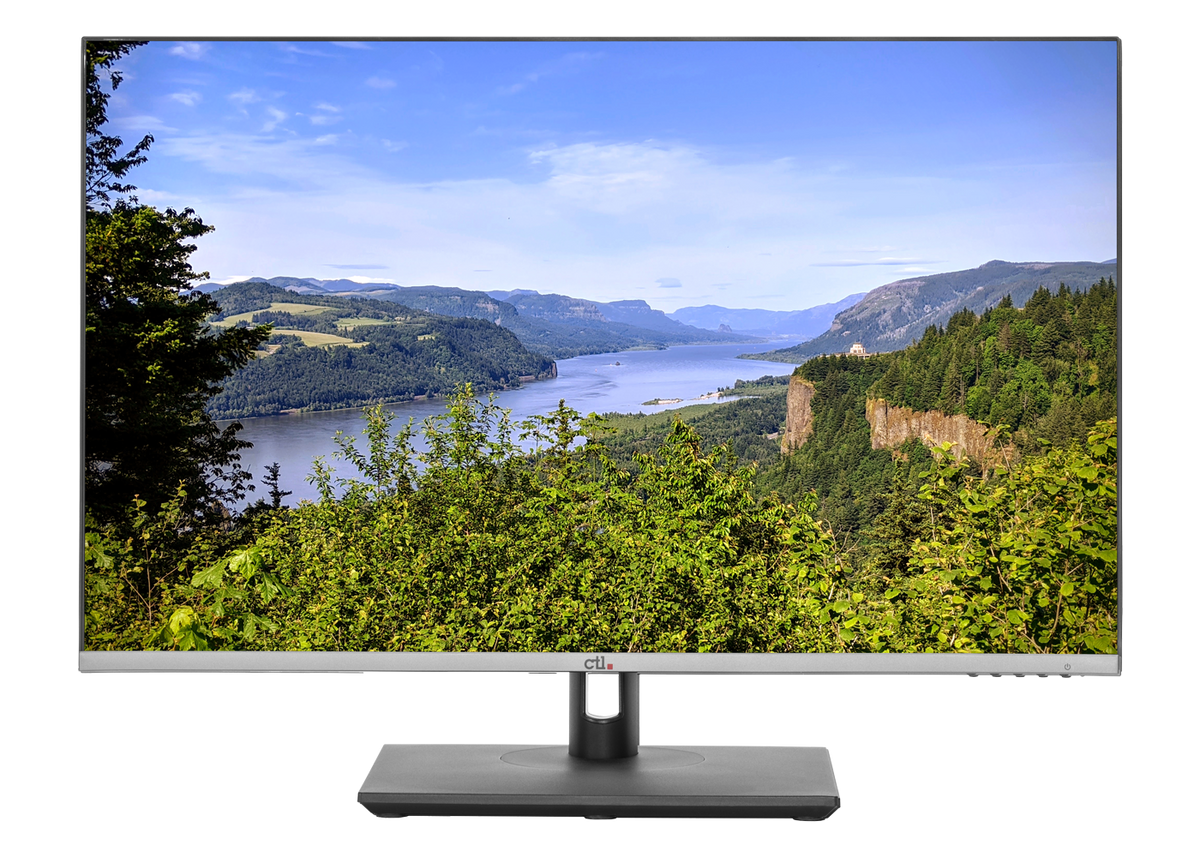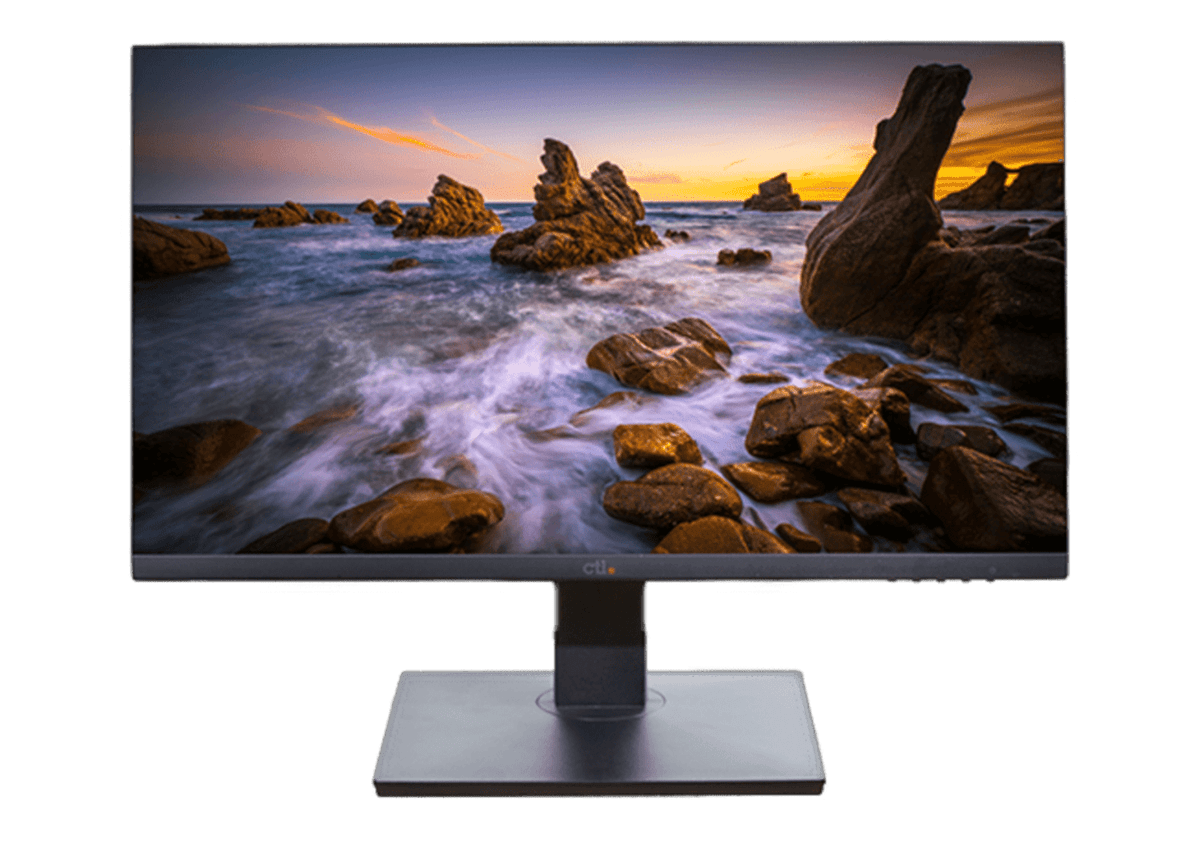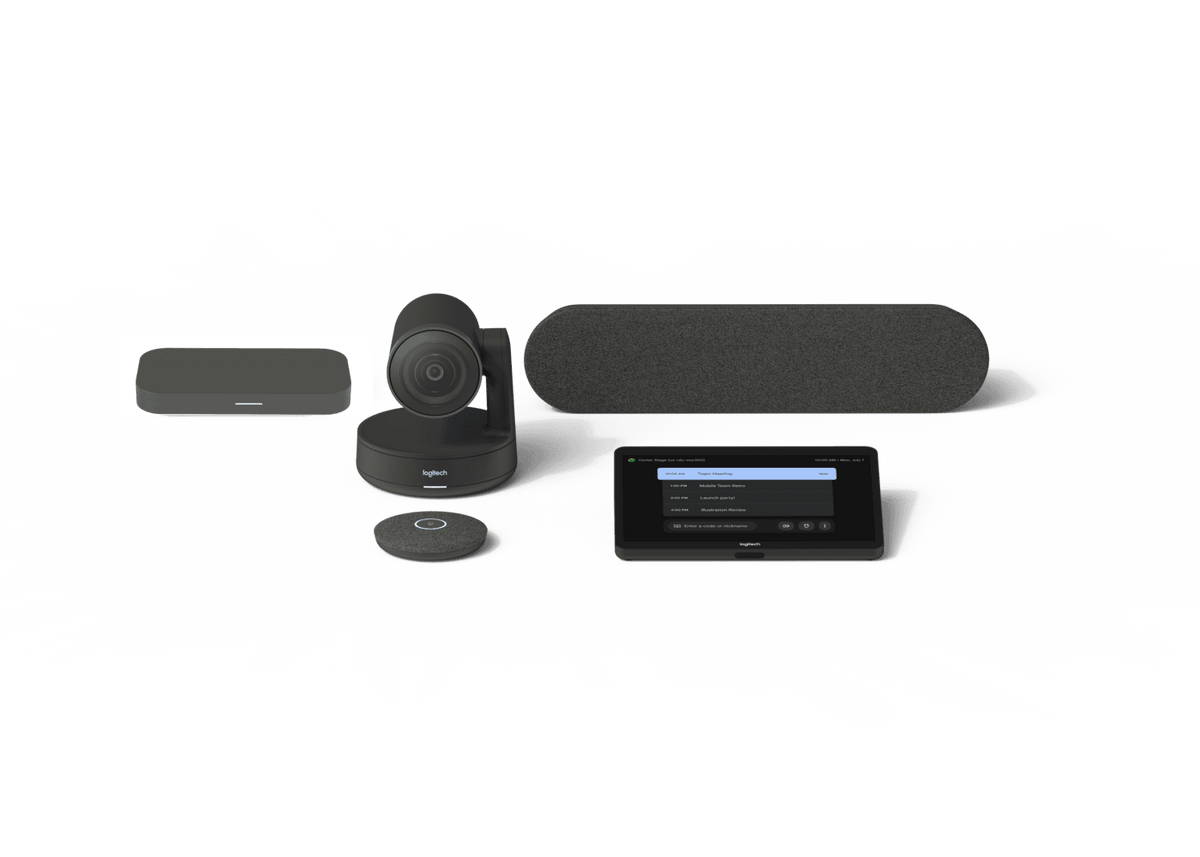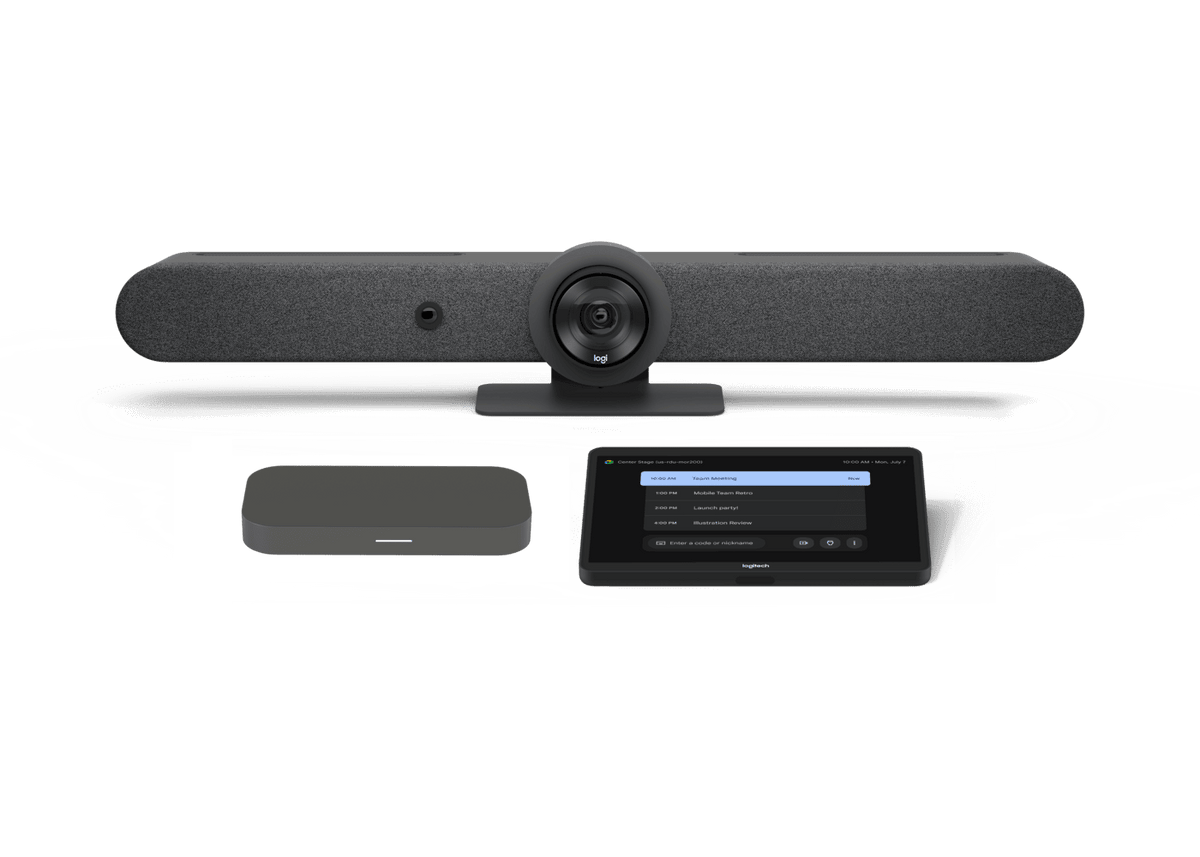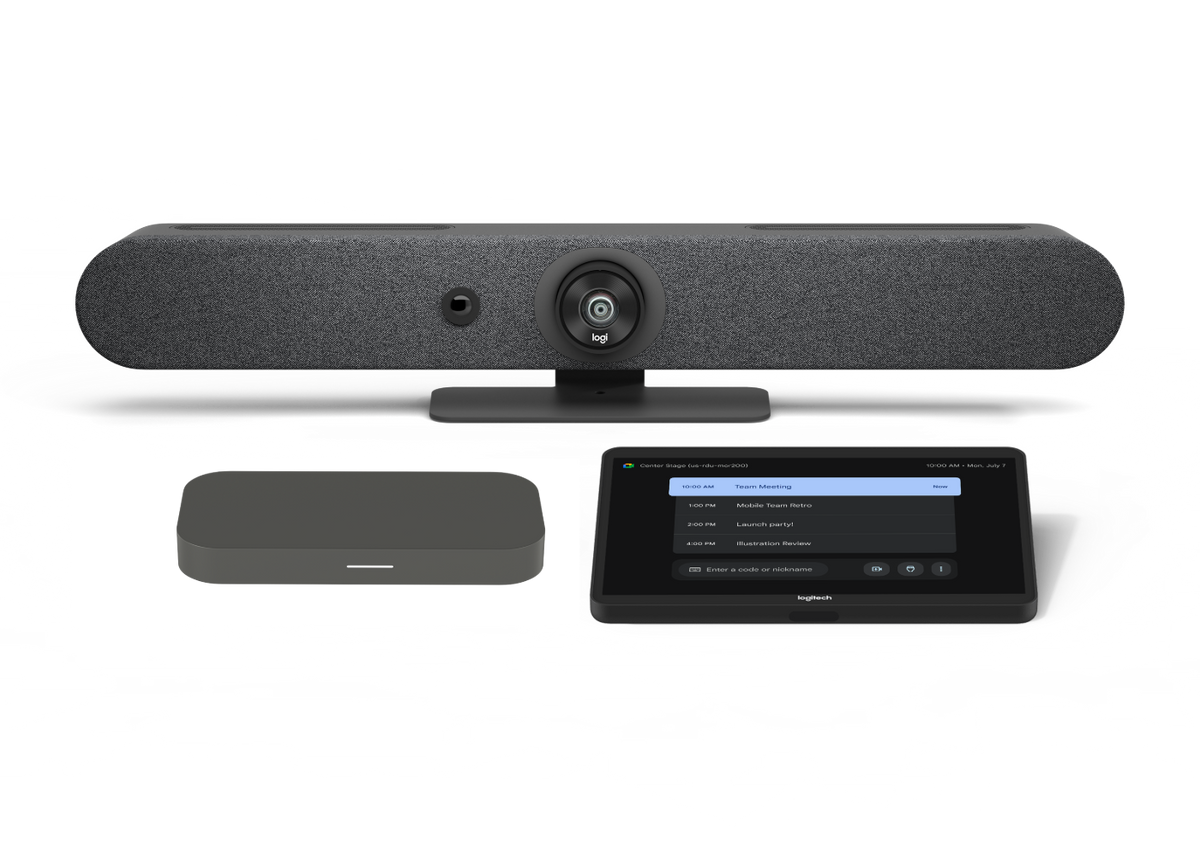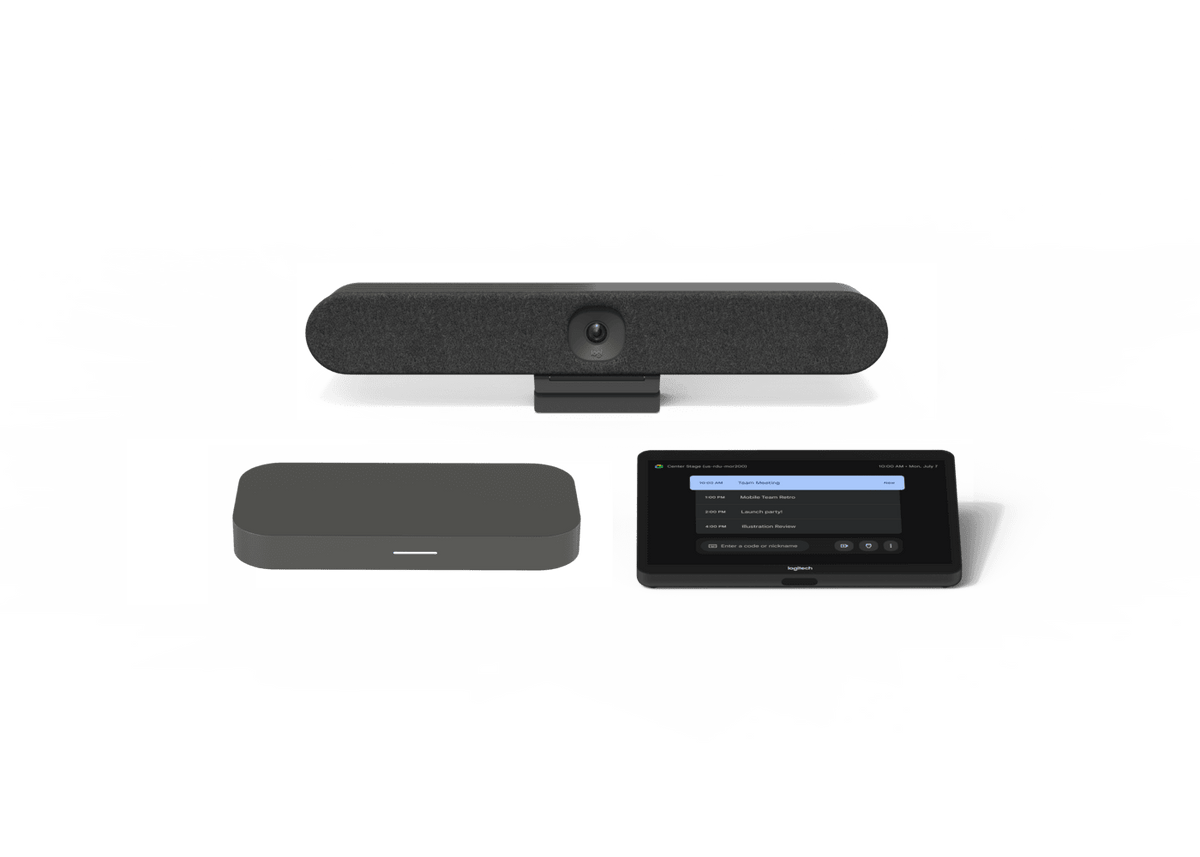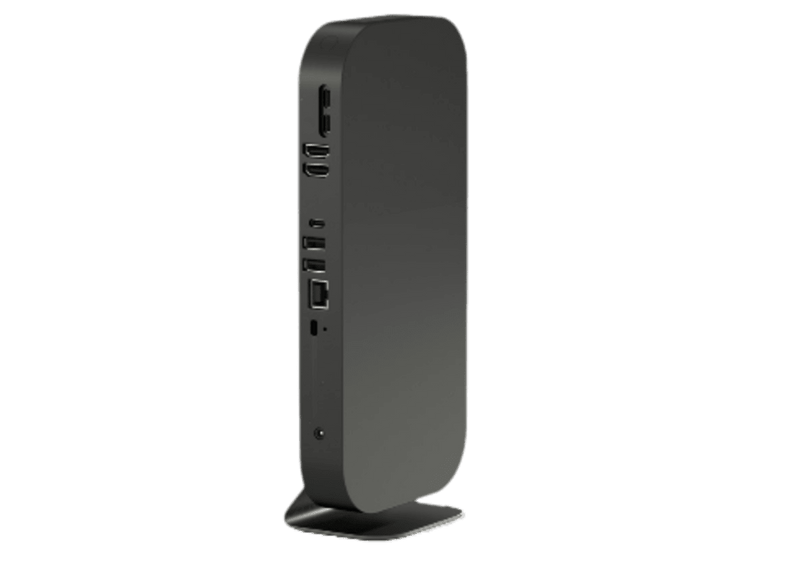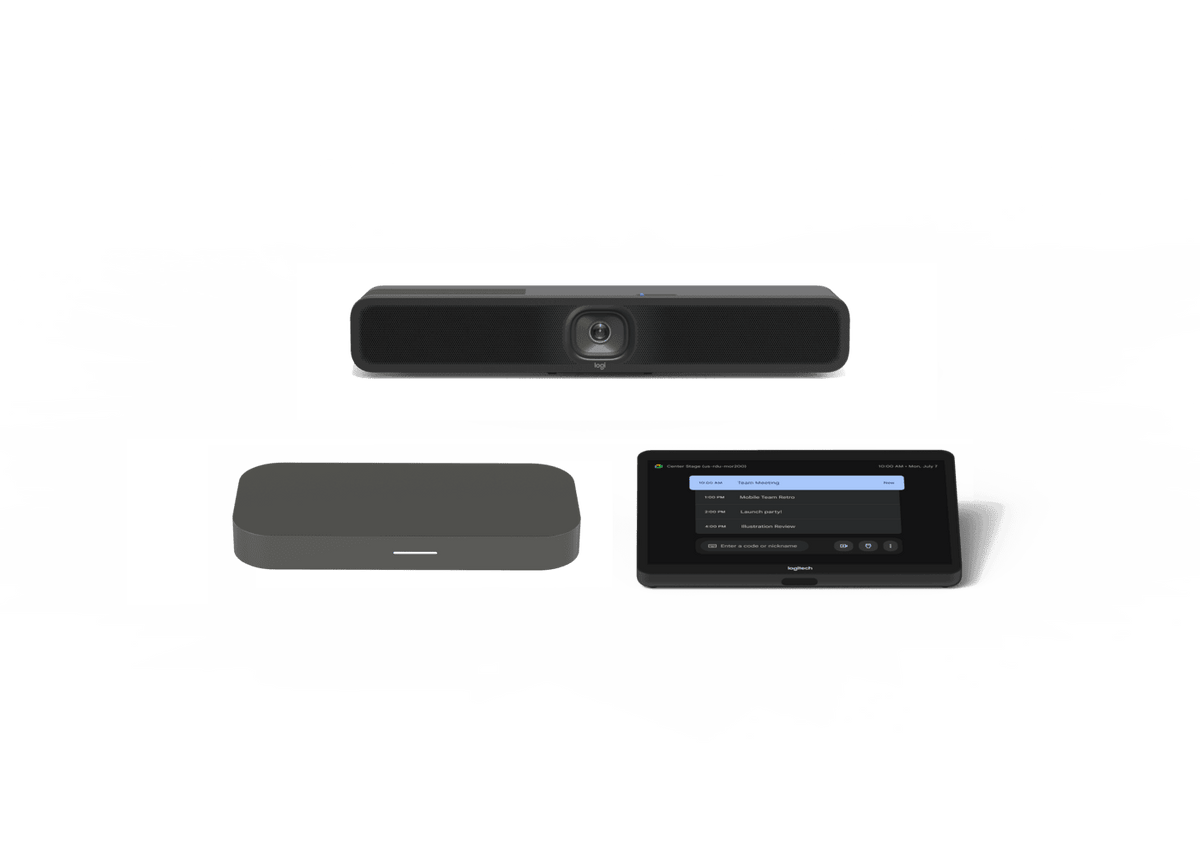The digital divide has undoubtedly been widened by the COVID-19 pandemic. In addition to centuries of systemic racism, many members of Black, Indigenous, and people of color (BIPOC) communities were left without options when schools transitioned to remote learning, leaving those relying on public computers and high-speed internet without access.
BIPOC Academic and Employment Opportunities
COVID-19 lockdowns have resulted in the shutdown of public internet access at such locations as libraries and coffee shops, further reducing many BIPOC individuals’ typical means of accessing the internet via public computers.
As the unemployment rate soared due to layoffs in service industries and other lower-income employment sectors, many BIPOC found themselves without internet access to hunt for another job. While the pandemic has affected the whole population, underrepresented communities suffer the most. The widening digital divide has severely hindered BIPOC’s ability to develop their income potential, secure their future educational goals, and access virtual healthcare.
As the pandemic continues, many school-aged children fall behind in school as they don’t have high-speed internet access or dedicated home computers to facilitate successful remote learning. Some minority households have cell phones, so students have attempted to do their schoolwork on cell phone screens when larger screens are needed to adequately complete their assignments.
Using the Right Technology to Increase Digital Inclusion for BIPOC Communities
What can be done to bridge the gap between higher- and lower-income communities? Technological devices like Chromebooks are relatively inexpensive devices that provide access to an array of free collaborative and word processing tools, such as Google Docs, Google Meet, and Google Drive. Their ease of use, portability, and affordable price make Chromebooks the perfect devices for the average user or those in lower-income communities. Certain Chromebooks, such as the Intel-powered CTL Chromebook NL71CT-LTE, also include integrated LTE data capability, so the need for Wi-Fi in the home is eliminated.
For these reasons, Chromebooks are a promising tool for education, government, and non-profit organizations to increase digital inclusion for BIPOC communities.
Learn More
Learn more about innovative ways that technology, including Chromebooks, is being used to increase digital inclusion by downloading the whitepaper, “COVID-19 Amplified the Digital Divide. How Technology, Such as Chromebooks Can Bridge the Technology Gap for Vulnerable and Underrepresented Communities.”

